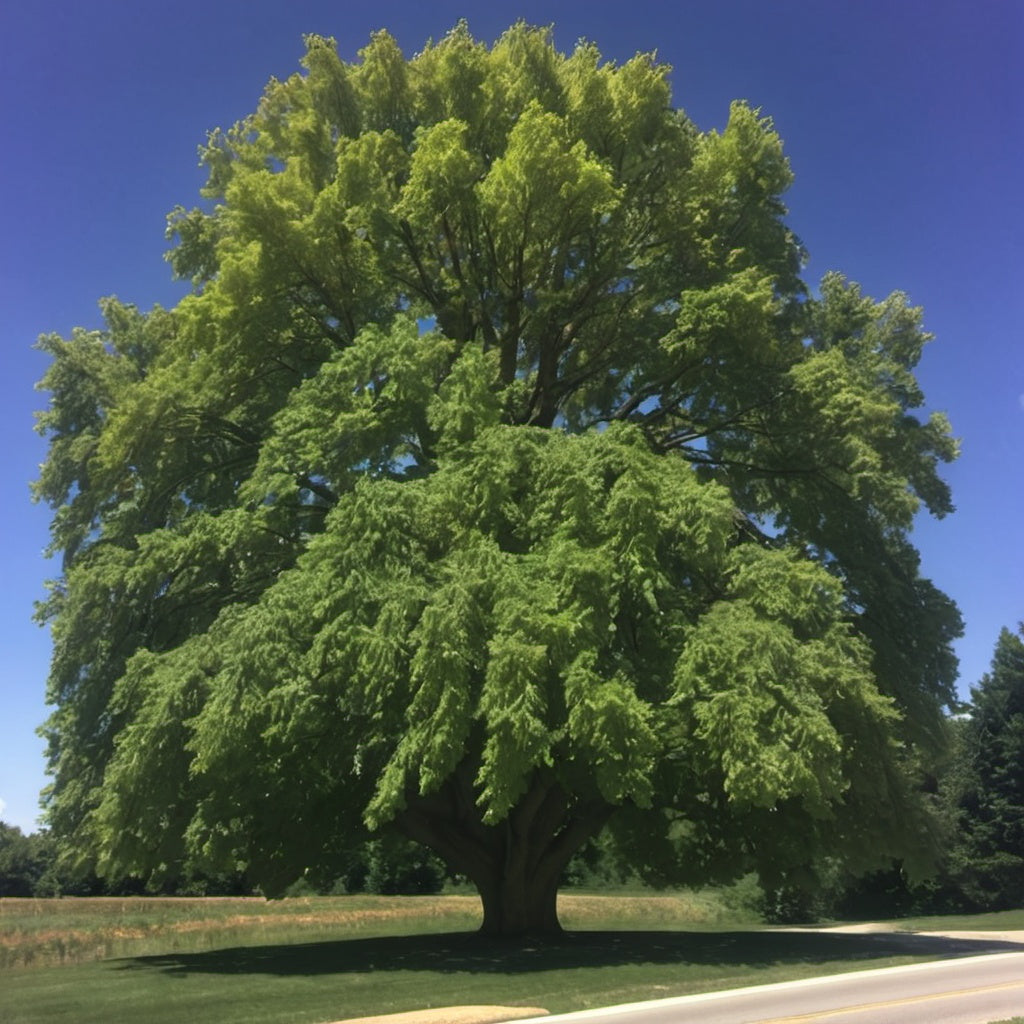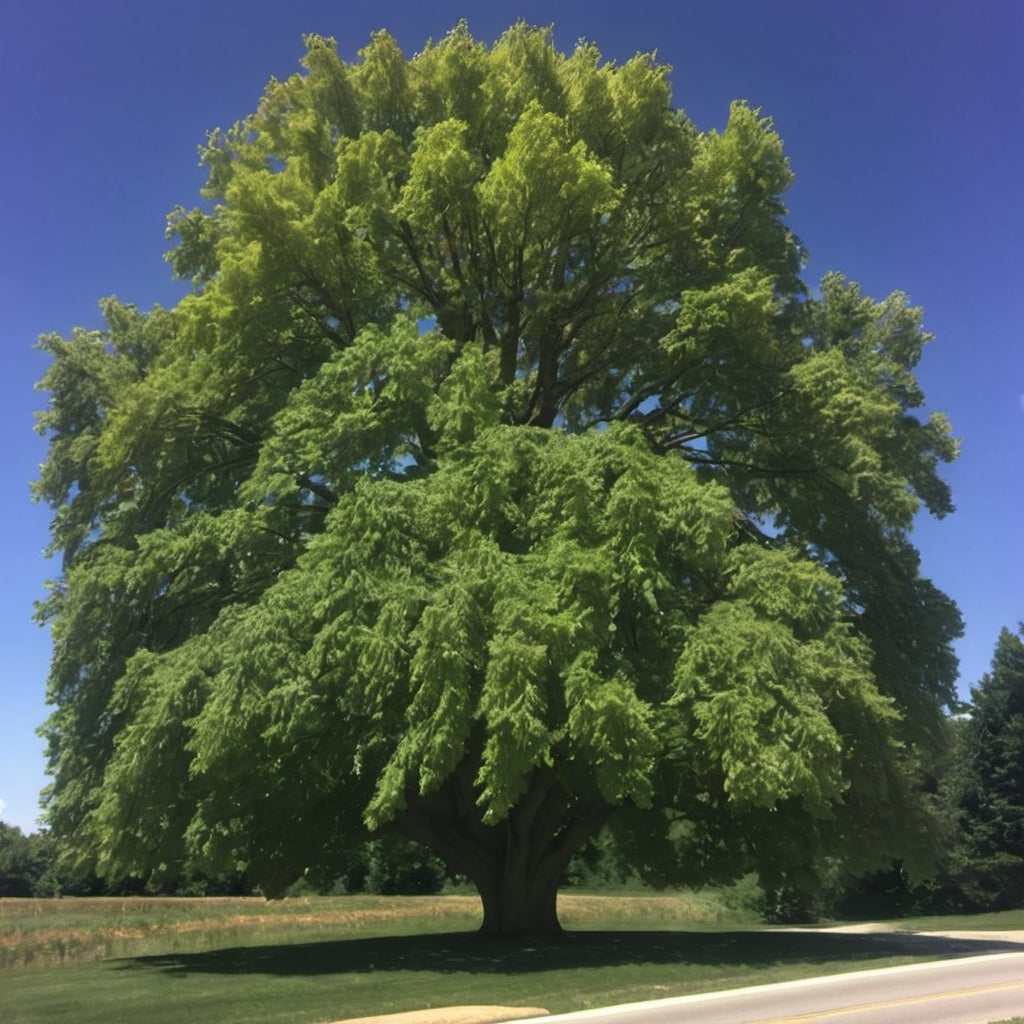American Sycamore Tree Seeds
American Sycamore Tree Seeds
Couldn't load pickup availability
American Sycamore Tree Seeds
(Platanus occidentalis)
Platanus occidentalis, commonly known as the American Sycamore, is a large deciduous tree native to North America. It is one of the tallest and most massive hardwood trees in the eastern United States, known for its distinctive bark and large, spreading crown.
Key Features:
Bark: The bark is one of the most recognizable features of the tree. It flakes off in large patches, creating a mottled appearance with white, tan, and gray colors underneath. This shedding is due to the tree's rapid growth, which causes the outer bark to split and peel.
Leaves: The leaves are large, broad, and typically 4–8 inches wide. They have a palmate shape with 3–5 lobes and a slightly serrated edge. In the fall, the leaves turn a yellow-brown color.
Height: American sycamores can grow up to 100–130 feet (30–40 meters) tall, with trunk diameters that can exceed 6 feet (2 meters). Some exceptionally large trees have been known to reach heights of 160 feet or more.
Fruit: The tree produces small, round seed balls, which are about 1 inch in diameter. These seed balls hang on long stalks and persist through the winter, breaking apart in the spring to release seeds.
Habitat: The American Sycamore tree typically grows in moist, well-drained soils, often near rivers, streams, and floodplains. It is very tolerant of wet soils and can often be found in low-lying areas.
Lifespan: The American sycamore is a long-lived tree, often living 200–300 years, with some specimens known to survive longer under favorable conditions.
Uses: Historically, its wood has been used for furniture, butcher blocks, and other wood products. However, due to its tendency to warp and split, it is not considered as valuable as other hardwoods.
Ecological Role: The tree provides habitat and food for various wildlife species. Its seeds are consumed by birds and small mammals, while the tree's large canopy offers shelter.
This tree is a favorite in parks and large landscapes due to its impressive size and appearance, but it is less commonly planted in urban settings because of its large root system and potential to create surface disruption.
Zones: 4 to 9
Germination Range: 15-25%
Stratification Requirement: None required.
Planting Instructions:
Prepare your planting area or pots with well-draining soil. American Sycamore prefers moist, fertile soil, so if planting outdoors, select a site with access to plenty of water, such as near a riverbank or low-lying area. If planting in pots, use a soil mixture rich in organic matter. Sow the seeds just below the surface, covering them lightly with soil, and ensure they receive ample sunlight. Keep the soil consistently moist, but avoid waterlogging.
Germination should occur within two to three weeks, especially if temperatures are between 70°F and 85°F (21°C to 29°C). Once the seedlings have developed a few sets of leaves, they can be transplanted to their final location outdoors in the spring or early fall. When transplanting, ensure they have plenty of space, as sycamore trees can grow to be very large, often reaching heights of 70 to 100 feet. They also have extensive root systems, so be mindful of planting them away from structures or areas with underground utilities. Proper care and watering in the first few years will help your sycamore tree establish strong roots for long-term growth.
Share


